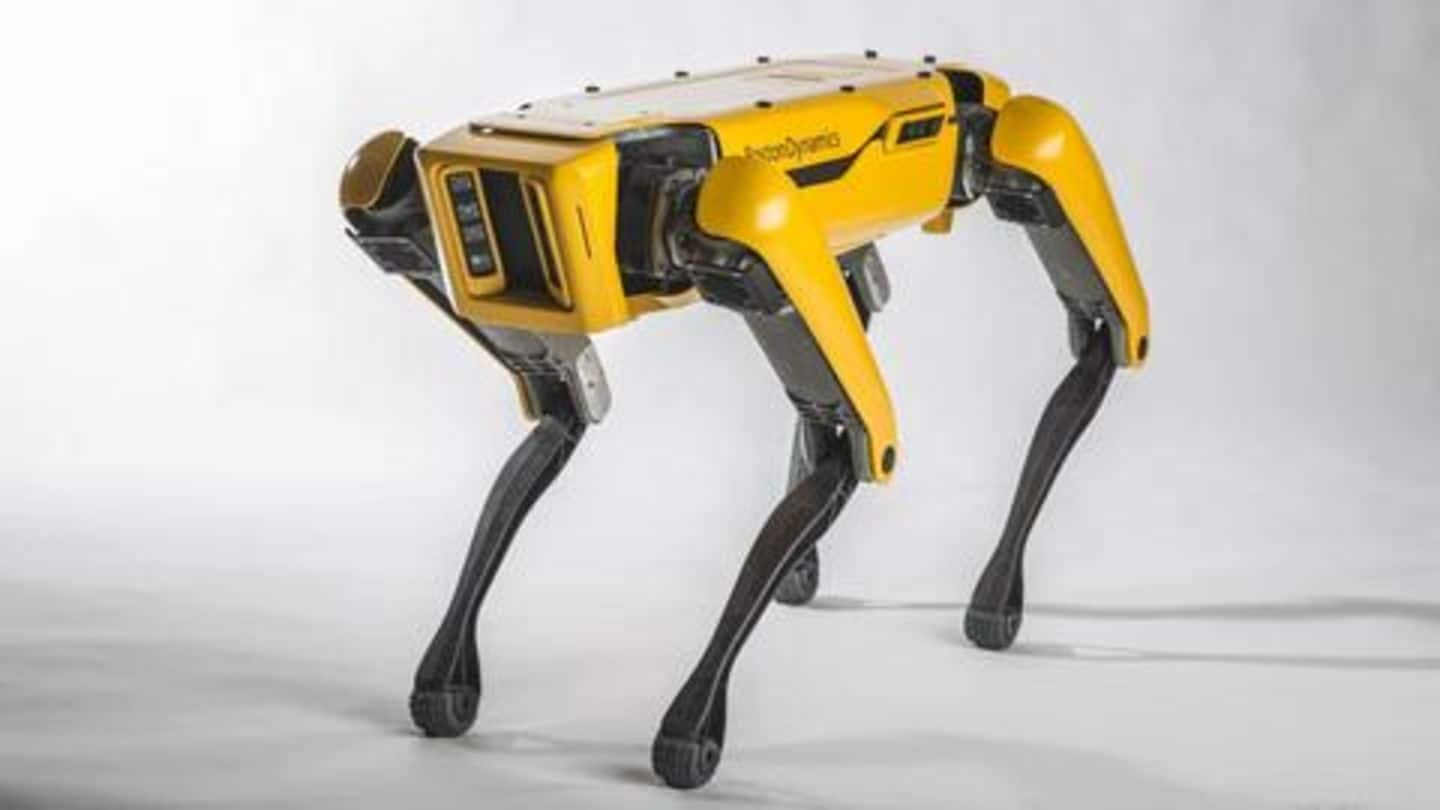
Engineers are making robo-dogs more realistic: Here's how
What's the story
Robo-dogs like SpotMini have evolved significantly over the years, but even with all the advancements, they are far from their real-world counterparts. They can trot, run, sometimes even twerk on Uptown Funk, but all those movements are not entirely natural. Now, in a major development, Virginia Tech researchers have come up with a solution to tackle this problem. Here's all about it.
Process
Making robo-dogs more realistic with algorithms, sensors
VT researchers claim they are working on a system that employs a combination of algorithms and sensors to help the machines mimic the gait of real dogs. The sensors first capture the behavior of vertebrates, which are known to move as well as balance themselves using neurons firing from the spinal cord. Then, the algorithms turn that information into mimicked action.
Working
What kind of data the sensors will capture and replicate
The system, as per researchers, uses encoder sensors designed to read relative positions for joints in conjunction with inertial measurement units to measure the body orientation relative to the ground. The information captured is then combined with the data from onboard cameras and LiDAR to help the robo-dog walk, run, and trot with the grace and speed of a real dog but without colliding.
Tests
Initial tests have shown positive results
These researchers tested the algorithms and sensors on robo-dogs developed by Ghost Robotics and got positive results. However, it is worth noting that this is just the beginning and it may be a while before the algorithms are truly bio-inspired and trained enough to make the bot move as smoothly as a real canine. Until then, you may have to do with SpotMini's twerks.
Humanoids
Can we see something similar on humanoids too?
The work being done to make robo-dogs more natural is so promising that we can't help but wonder if something like this could also be done for humanoids. We already know humanoids like Atlas are learning new tricks, but if they could replicate human motion, it would be much easier for them to work in warehouses and perform heavy duty functions like lifting/moving boxes.